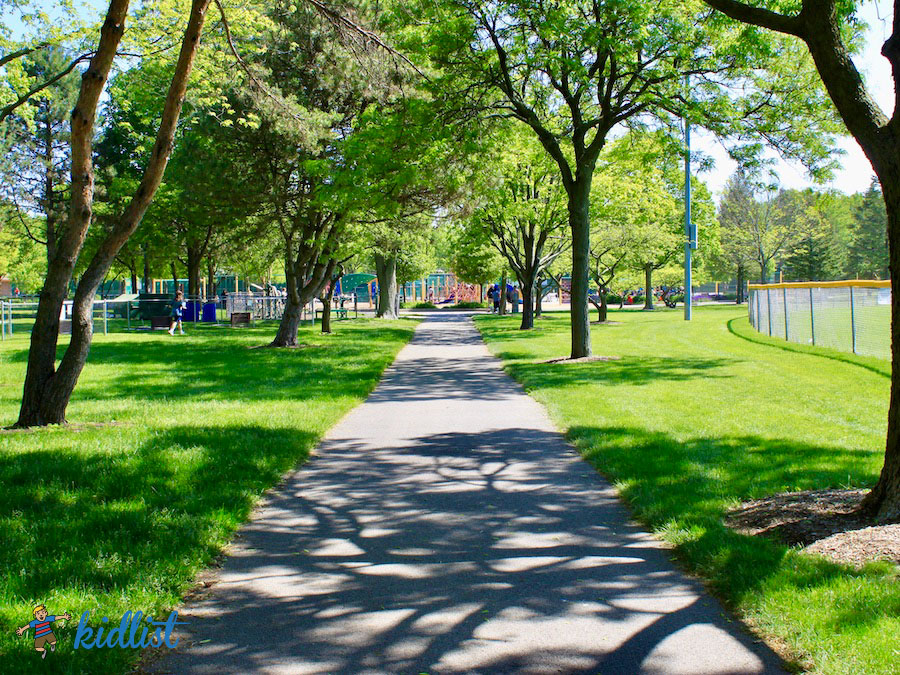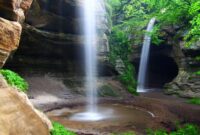Best walking trails near me: Discover nearby paths perfect for your next adventure. Whether you crave a challenging mountain hike or a leisurely stroll through a park, finding the ideal trail depends on individual preferences and proximity. This guide helps you locate the best options based on your desired difficulty, length, type, and amenities, ensuring a satisfying outdoor experience.
We’ll explore how technology can help you locate the perfect trail, from utilizing location services to accessing comprehensive databases of trail information. We’ll also discuss the importance of accurate, up-to-date data and the features that make a trail-finding tool truly user-friendly, including interactive maps, user reviews, and detailed trail descriptions.
Understanding User Location & Preferences
To provide the most relevant and helpful recommendations for nearby walking trails, our system needs to understand your location and preferences. This allows us to filter through a vast database of trails and present you with options perfectly tailored to your needs. We achieve this through a combination of technological approaches and user-input mechanisms.
Gathering this information is crucial for delivering a personalized and efficient trail-finding experience. Without knowing your location and preferences, suggesting suitable trails would be akin to searching for a needle in a haystack. The methods employed prioritize user privacy and data security while ensuring a smooth and effective user experience.
User Location Determination
Our system uses a combination of methods to determine your location. The primary method is through your IP address, which provides a general geographic area. For a more precise location, we may also utilize geolocation services, if you permit access. This dual approach balances accuracy with user privacy concerns. IP address location provides a starting point, while geolocation services (if enabled) offer a more refined and accurate pinpoint. For example, an IP address might place you within a specific city, while geolocation services could further narrow it down to your specific neighborhood.
Trail Difficulty Preferences
Users can specify their preferred trail difficulty level. This is typically categorized into three levels: easy, moderate, and hard. Easy trails are generally flat and well-maintained, suitable for casual walkers of all ages and fitness levels. Moderate trails may involve some elevation changes or slightly rougher terrain, requiring a moderate level of fitness. Hard trails are typically characterized by steep inclines, challenging terrain, and may require specialized equipment or a high level of fitness. The system uses this information to filter trails, ensuring only those matching the user’s capabilities are presented.
Trail Length Preferences
Users are given the option to select their desired trail length. This is often categorized as short, medium, and long. Short trails are generally suitable for shorter walks or those with limited time. Medium trails provide a longer walking experience, allowing for a more extensive exploration. Long trails are designed for longer excursions, potentially requiring more preparation and planning. These length categories are defined in relation to the total distance of the trail, allowing for accurate filtering and recommendations. For instance, “short” might be defined as under 3 kilometers, “medium” between 3 and 7 kilometers, and “long” as over 7 kilometers. These values are adjustable based on regional norms and trail availability.
Trail Type Preferences
Users can specify their preferred trail type. Options typically include paved, unpaved, forest, mountain, and others. Paved trails are generally smooth and easy to navigate, suitable for strollers and wheelchairs. Unpaved trails can range in difficulty and surface type, from well-maintained dirt paths to more rugged and challenging terrains. Forest trails are typically surrounded by trees and offer a more immersive nature experience. Mountain trails often involve steep inclines and challenging terrain. The system uses this information to filter trails based on the type of environment and surface preferred by the user.
Desired Amenities
Users can indicate which amenities are important to them. These might include rest areas, water fountains, restrooms, parking availability, and other features. The system uses this information to filter trails based on the availability of specific amenities. This ensures users can find trails that meet their needs and preferences, enhancing their overall walking experience. For example, a user might prioritize trails with readily available water fountains, especially during hot weather conditions.
Data Acquisition and Processing
Building a comprehensive database of local walking trails requires careful planning and execution of data acquisition and processing. This involves sourcing information from multiple channels, standardizing the data for consistency, and implementing robust error handling and update mechanisms to ensure the information remains current and reliable. The accuracy and timeliness of the data directly impact the usefulness and reliability of the final trail recommendations.
Data from various sources, each with its own structure and format, needs to be harmonized for effective use. This process involves careful consideration of data types, formats, and potential inconsistencies to create a unified and usable dataset.
Data Sources and Integration
Several key sources provide valuable trail data. OpenStreetMap (OSM) offers a rich, community-maintained map of the world, including trails. Its open nature allows for free access and integration, although data quality can vary depending on the location and contribution levels. AllTrails API offers a structured dataset with trail details such as distance, elevation, difficulty ratings, and user reviews, but requires API key access and adheres to usage limits. Finally, local park websites frequently contain trail maps and descriptions specific to their area, but often require web scraping techniques for data extraction. Integrating these disparate sources requires careful parsing and transformation to ensure compatibility. For instance, distance measurements might be in miles in one source and kilometers in another.
Data Standardization
Standardizing trail data is crucial for consistent presentation and analysis. This involves converting various units of measurement to a common standard (e.g., converting kilometers to miles). Difficulty ratings, often subjective, require a mapping strategy. For example, a numerical scale (1-5) can be established, where 1 represents easy and 5 represents very challenging. This scale could be based on factors like trail length, elevation gain, and surface type, potentially using a weighted average calculation. Elevation gain data may need to be extracted from elevation profiles provided by the source or calculated using algorithms based on geographical coordinates. The goal is to create a unified system where all trails are described using consistent metrics.
Error Handling and Data Validation
Robust error handling is essential to maintain data quality. This includes checking for missing values, outliers, and inconsistencies across data sources. For example, a trail listed as 10 miles long in one source and 2 miles in another requires investigation and resolution. Data validation involves comparing data against expected ranges. For instance, an elevation gain of 10,000 meters for a short trail is likely an error and should be flagged. Data cleaning and validation procedures can be implemented using scripting languages such as Python, employing libraries designed for data manipulation and validation.
Data Update System
A system for regular updates is critical to ensure the accuracy of trail information. Trail conditions change frequently due to weather, maintenance, or closures. This requires a strategy for regularly checking source data for updates and implementing an automated or semi-automated system for incorporating these changes into the database. This could involve scheduled scripts that check for updates on OSM, AllTrails, and local park websites. Furthermore, user feedback mechanisms can be incorporated to report trail condition changes, allowing for rapid updates and improved data accuracy. For example, a system could be designed to send alerts to users when significant trail changes are detected.
Conclusion
Finding the perfect walking trail shouldn’t be a challenge. By leveraging technology and user-generated content, finding your ideal outdoor escape is now easier than ever. With access to detailed information, interactive maps, and user reviews, you can confidently plan your next hike, knowing you’ve chosen a trail that matches your preferences and fitness level. So, get ready to explore the best walking trails near you!




